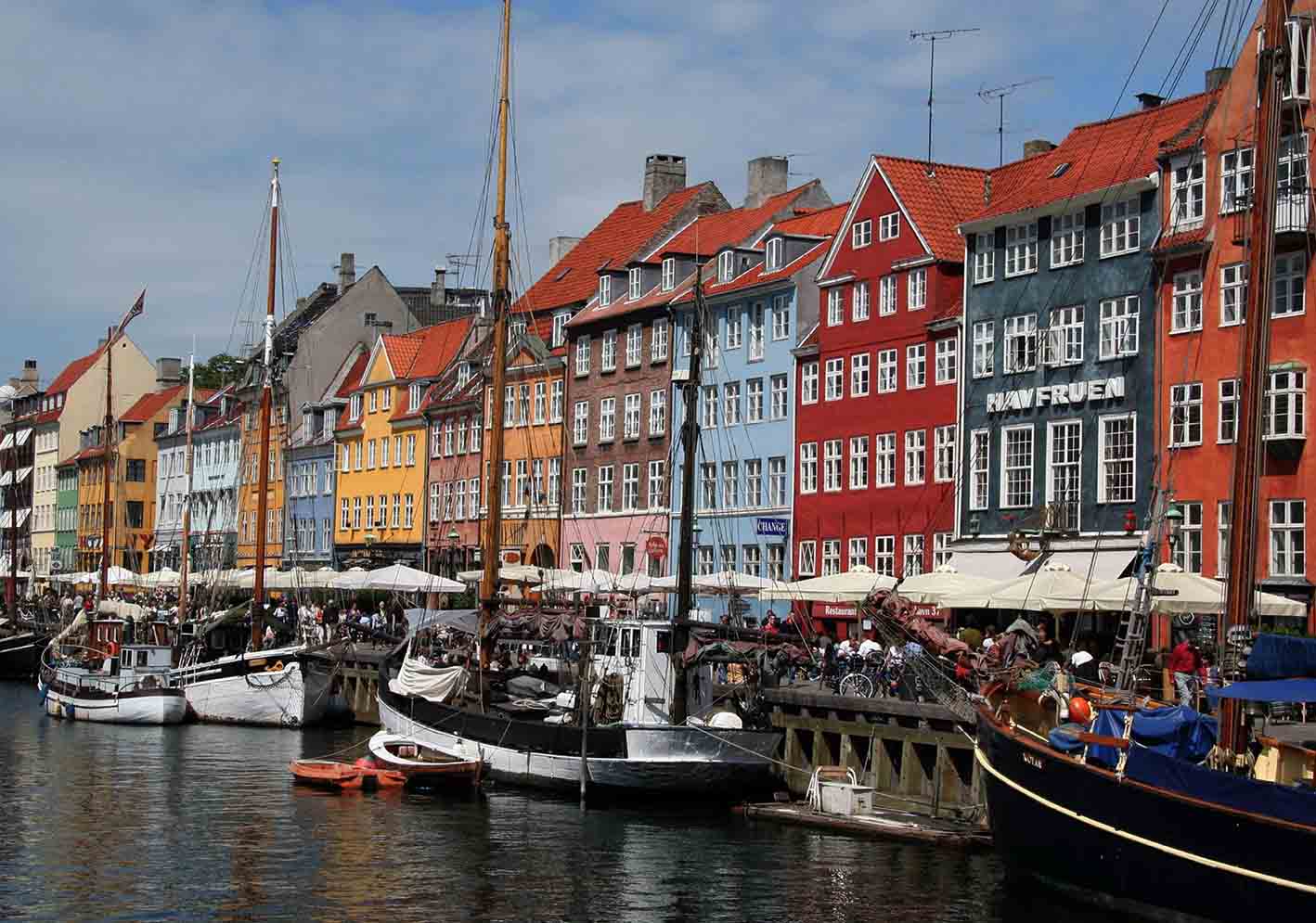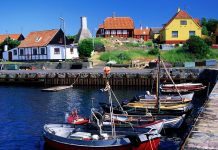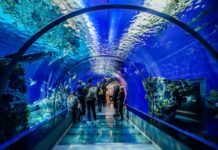
You don’t need sea legs to enjoy some of Copenhagen’s nautical offerings
Startling newsflash from the deep: Fish communicate by farting. Like certain politicians we all know, the humble herring emits high-frequency sound-bursts from its anus, accompanied by streams of bubbles. Expelling torrents of liquid up to 22 kilohertz in volume ‒ likely more enjoyable for the herring than for, say, Helsinki honeymooners backpacking in Delhi ‒ helps the fish form protective nocturnal shoals.
Here’s another fishy factoid gleaned from a visit to Den Blå Planet, northern Europe’s largest aquarium: Despite the Hollywood hype, piranha only devour dead flesh. Should you fall into the Amazon River, an aquarium tour guide advises flailing about to let these aquatic scavengers know you’re alive. Of course, all that splashing might attract an alligator. Much safer to watch piranhas and alligators being fed in the South American arm of this starfish-shaped, water-flanked building.
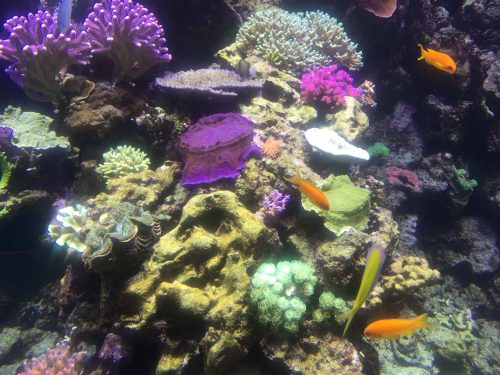
You’ll find tropical fish and a pair of orphaned sea otters in the Great Barrier Reef and Arctic sections, while rays, moray eels, and hammerheads swimming overhead, provide an under-sea sensation. Den Blå Planet, within easy walking distance of Kastrup Metro station, also offers a view of the magnificent 16 km Øresund bridge linking Denmark and Sweden, which includes a train tunnel below and the artificial Peberholmen island.
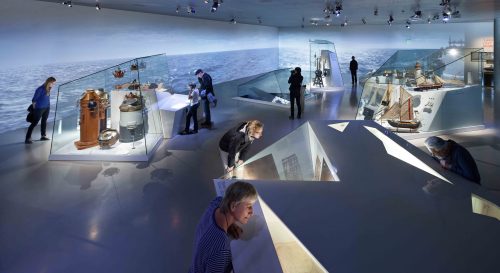
Using our Copenhagen card that provided free access to 79 attractions and all public transport, we took the train to Helsingør to visit the Danish National Maritime Museum, which traces the seafaring history of the Danes from the Vikings to the Maersk shipping empire.
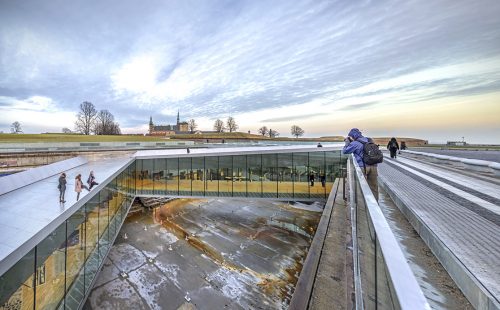
Buried full fathom five − or some 10 metres − underground, you descend a giant ramp into the converted dry dock below water level, where uneven floors, recorded seagull sounds, eccentrically-angled display cases, cargo, video projections and salty exhibitions, imbue the interior with all the sensations of a ship at sea. It’s a pervasive sensory experience, an offbeat nautical world full of maritime adventure.
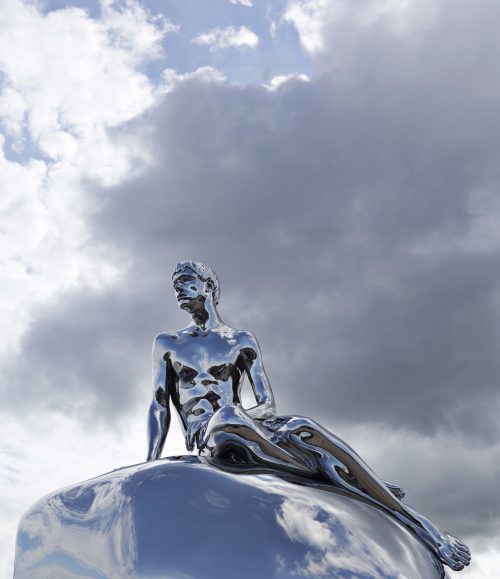
Next door, the Kulturværftet centre offers modern architecture, restaurants, and Han ‒ the Little Mermaid’s male counterpart ‒ perched on a rock at the end of the harbour. Unveiled in 2012, Han’s stainless-steel exterior mirrors the surroundings and his eyes are said to blink for a split second every hour.
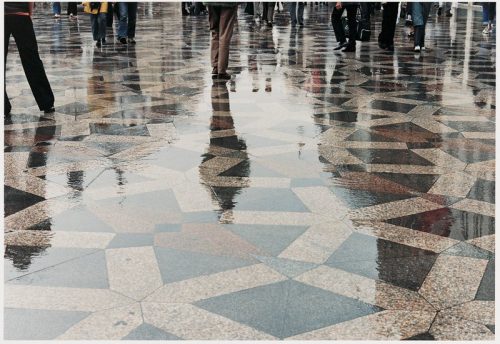
We didn’t hang around to test the theory but headed back for central Copenhagen, to stroll the boat-lined canals of Nyhaven (New harbour) and admire views of Christiansborg Palace and the 60-metre spire of four twisting dragon tails, before lunching on smørrebrød at Café Europa opposite the Stork Fountain in Amagertorv.
The area is a magnet for tourists, brilliant buskers and hunky lads in sailor suits.
- Caroline Hurry flew Club World courtesy of British Airways, which offers 18 weekly flights from Durban, Cape Town, and Johannesburg direct to London and onto Copenhagen.


